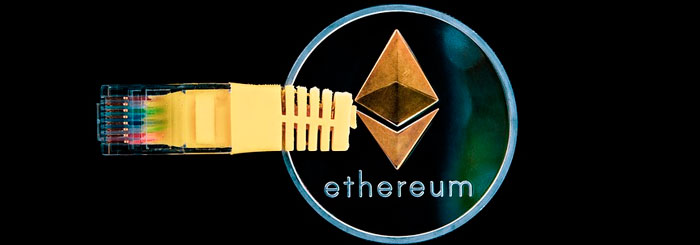As the name suggests, gas is used as a fuel for the Ethereum network, much like how gas fuels a vehicle. One of the significant differences between the Ethereum network and the Bitcoin network is the concept of the gas fee. Each time a transaction or contract is finalized on the Ethereum blockchain platform, a fee is charged to compensate for computation effort. This fee is known as the gas fee. In the Etherum network, the gas is paid in small fractions of the cryptocurrency ether.
As mentioned earlier, gas is the computational effort needed to process any Ethereum blockchain transaction. Every Ethereum transaction, therefore, consumes a small amount of gas. ICOs, smart contracts, and even transactions require a certain amount of gas. In order for Ethereum‘s network to function, gas is essential.
In the case of smart contracts, ICOs, or cryptocurrency transactions, miners are paid in ether equivalent to the amount of gas required for the transaction. Nanoeth or gwei are the terms used to describe these payments. Like a virtual machine, Ethereum uses gas to allocate its resources.
This technology enables smart contracts to execute themselves while remaining decentralized and safe. People often contemplate what exactly determines the price of the gas.
In short, the price of gas is determined by the demand and supply of computational power and is set by the miners. They can also hold off on a transaction if the price of gas does not meet the limit they set. They have the final say.
The gas system and why does it cease to exist?
The Ethereum network introduced gas as a way to illustrate the computational expenses it incurs. As a result, it is possible to differentiate between the actual valuation of Ethereum versus the cost of running its Ethereum Virtual Machine.
A decentralized platform, or more clearly an application, can be created using Ethereum virtual machines. It can run smart contracts which represent financial agreements.

Etherum’s blockchain network uses miners to process and verify transactions. Miners are also paid the gas fee. Whenever you make a gas payment, you are usually given a set limit or threshold. These are known as ‘gas limits’.
A gas limit is a minimum amount that needs to be paid in order to carry out a transaction. When the limit is raised, the gas fee will be higher. An increased gas limit implies that less work is involved in the transaction, which means a lower gas fee.
Each transaction requires a fee, which prevents spammers from accessing the network. Additionally, it ensures that the network does not perform unnecessary work that is unneeded or of no value to anyone.
The Ethereum Virtual Machine calculates it based on how much work has been done, and so it only exists inside the Ethereum Virtual Machine.
Unlike other cryptocurrencies, ether’s market price fluctuates rapidly, making it impossible to serve as a standard. It causes great instability in the market at different times because of this fluctuation.
Due to the computation price being set ahead of time, it does not fluctuate as the ether itself does. The fixation of the price makes it very easy to separate the cost of computation from the actual Ethereum token. So, it relieves developers from having to adjust the cost of an operation as prices fluctuate.
Why does Bitcoin not have this system?
Bitcoin does not charge a gas fee, but it does charge a small transaction fee. In the past, sending bitcoin was possible even if you did not have to pay the miner’s transaction fee. This has not been possible in recent years. In the aftermath of the creation of Bitcoin, a completely new type of currency entered the global economic structure.
It is completely decentralized but only allows monetary transactions. With this drawback in mind, there was a need to develop ways of incorporating sets of requirements into blockchain transactions. It’s for this reason that there are smart contracts today. By using smart contracts, users could exchange anything of value, whether it be money, property, or anything in between.
Is there a suitable time to execute an Ethereum transaction?
Keeping an eye on the Ethereum gas charts is imperative in order to maximize Ethereum transaction profits. It is usually the most expensive during the busiest times. The European and US markets are most active between 8 AM and 1 PM (EST). In the early hours of the morning, there are fewer people around. For Ethereum transactions, this is the best time.
During the weekends, gas prices are at their lowest, while on Tuesdays and Thursdays, they are at their highest. You can utilize the price charts to evaluate market trends and save a little on gas by assessing the market behavior. You can also actually save money by delaying your transactions and processing on quieter periods. Therefore, you should conduct your own research and determine a suitable time for initiating transactions.
In conclusion, gas simplifies complex computations in the Ethereum network and serves as an important mechanism. In addition, it makes the network safe for work. A gas fee above the threshold is required to process your transaction. If you run out of gas during the transaction, the miner will stop the process and you will have to start over, so ensure that you have enough gas before proceeding.

